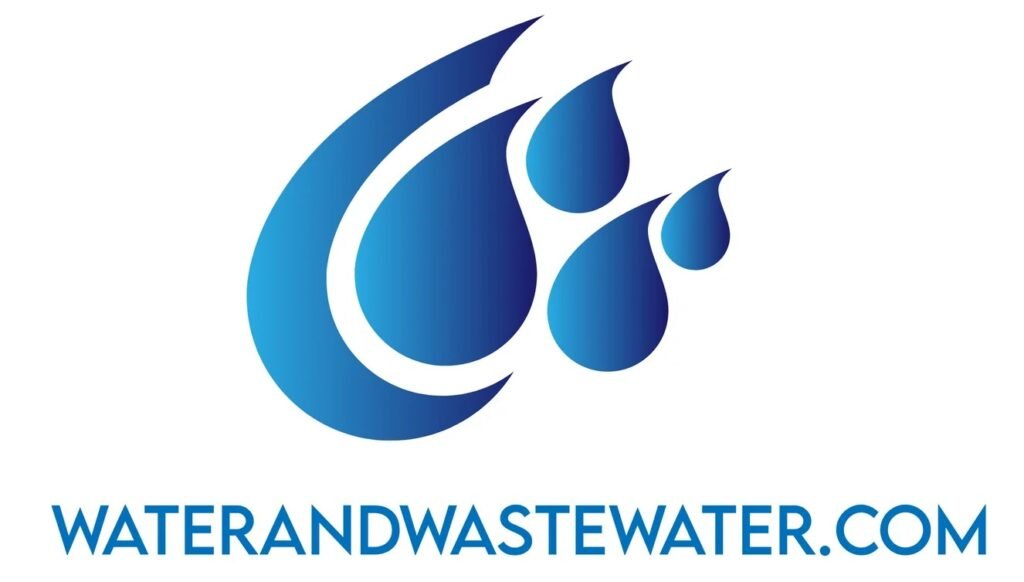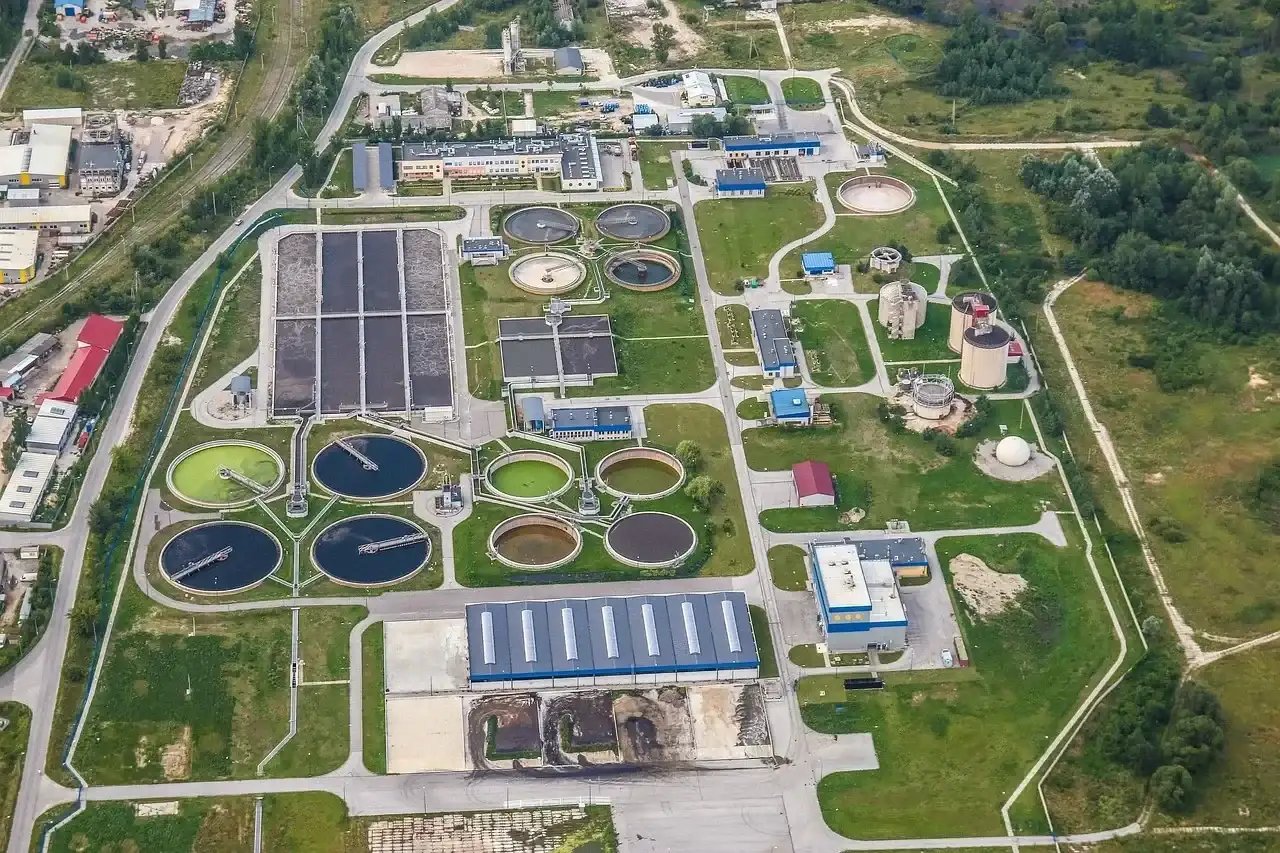
Wastewater Treatment Blowers
Comprehensive Guide to Wastewater Treatment Blowers: Ensuring Efficiency and Sustainability
Introduction
Wastewater treatment is a critical component of modern environmental management and sustainability efforts. As global water scarcity rises, the demand for efficient wastewater treatment systems continues to grow. At the heart of these systems, wastewater treatment blowers play a pivotal role, facilitating aeration processes that are essential for biological treatment systems. With increasing regulations and environmental standards, understanding the types, applications, and innovations surrounding wastewater treatment blowers becomes imperative for facility managers and professionals in the sector. This article will delve into the intricacies of wastewater treatment blowers, covering their types, operational principles, advancements in technology, and best practices for optimization in wastewater facilities.
The Importance of Wastewater Treatment Blowers
What Are Wastewater Treatment Blowers?
Wastewater treatment blowers, commonly known as aeration blowers, are devices that supply air or oxygen to aerobic processes within wastewater treatment facilities. These processes are vital for breaking down organic pollutants, facilitating the growth of aerobic microorganisms that decompose waste material. According to recent industry reports, approximately 60-70% of the energy consumed in wastewater treatment processes is attributed to aeration, making blowers a significant focal point for efficiency improvements.
Why Are They Essential?
Aeration enhances the treatment process by:
- Promoting Efficient Biological Treatment: Aerobic processes are more efficient at removing organic material compared to anaerobic processes.
- Enhancing Nutrient Removal: Proper oxygenation helps in effectively removing nitrogen and phosphorus, crucial for compliance with environmental regulations.
- Supporting System Resilience: Aeration helps maintain optimal microbial populations, crucial for the stability and resilience of treatment systems.
Types of Wastewater Treatment Blowers
Positive Displacement Blowers
These blowers operate by trapping a fixed volume of air and displacing it through the discharge port. They are known for their high efficiency at lower flow rates, making them suitable for smaller wastewater treatment facilities.
-
Advantages:
- High efficiency at low speeds
- Compact design
- Minimal vibration and noise
- Limitations:
- Less effective for large-scale operations due to limited flow range.
Centrifugal Blowers
Centrifugal blowers utilize a rotating impeller to increase the velocity of air, converting it into high-pressure air flow. They are preferred for large treatment plants due to their ability to handle variable flow rates.
-
Advantages:
- High flow rates and pressures
- Better suited for large wastewater treatment plants
- Efficient under varying operational conditions
- Limitations:
- Higher initial investment
- Can be less efficient at low flow rates.
Regenerative Blowers
Regenerative blowers, also known as side-channel blowers, draw air through a rotating impeller that compresses it into a casing. These blowers are gaining popularity for their efficiency and ability to work under varying demands.
-
Advantages:
- High reliability and low maintenance
- Continuous operation without cooling downtime
- Very efficient in providing aeration for smaller systems
- Limitations:
- Limited application for high-pressure needs.
Key Considerations for Selection
Energy Efficiency
Energy consumption is a primary concern for wastewater treatment facilities. Blowers account for a significant portion of operational expenses, with research indicating that optimal blower selection can reduce energy consumption by as much as 30%. Facilities should consider integrating variable frequency drives (VFDs) to adjust blower speed based on real-time demand.
Noise and Vibration
Operational noise and vibration can lead to compliance issues and discomfort for nearby residents. Advanced blower technologies reduce operational noise levels significantly. According to a study in leading environmental engineering journals, selecting blowers designed with sound-dampening features can reduce noise by up to 10 dB.
Maintenance and Reliability
Regular maintenance of blowers not only ensures longevity but also maintains efficiency. Adopting predictive maintenance practices informed by IoT technology are becoming increasingly vital. According to industry research, facilities that employ predictive maintenance enjoy a 20-25% reduction in unplanned downtime.
Innovations in Wastewater Treatment Blowers
IoT and Smart Technology
The integration of Internet of Things (IoT) devices offers real-time monitoring and adjustments of blower operations. Facilities equipped with smart monitoring systems can optimize the aeration process, ultimately enhancing efficiency and reducing costs.
Use of Advanced Materials
Recent advancements in materials science have led to the development of lighter, corrosion-resistant materials that enhance blower durability and efficiency. This is particularly important in the context of wastewater environments, where exposure to corrosive substances is common.
Energy Recovery Technologies
Innovations in energy recovery systems, such as heat exchangers and regenerative blowers, allow treatment facilities to reclaim and reuse energy from the aeration process. Research suggests that these technologies can result in energy savings of up to 15-20%, contributing to overall operational efficiency.
Common Challenges and Solutions
Energy Costs
Challenge: Aeration processes consume a substantial amount of energy, leading to high operational costs.
Solution: Utilizing VFDs to adjust air supply based on load or adopting blowers with improved energy efficiency ratings can significantly mitigate these costs.
Regulatory Compliance
Challenge: Meeting increasingly stringent regulatory requirements related to effluent quality and energy consumption.
Solution: Employing advanced blowers with integrated monitoring capabilities can ensure compliance with environmental regulations by providing real-time data and operational insights.
Operational Downtime
Challenge: Unplanned downtime can lead to inefficiencies and increased costs.
Solution: Implementing a robust maintenance schedule complemented by predictive analytics can help in foreseeing potential issues before they escalate.
Conclusion
Wastewater treatment blowers are indispensable components in the quest for sustainable wastewater management. By understanding the various types of blowers, their operational principles, and advancements in technology, facility managers can optimize their systems for better performance, energy efficiency, and compliance with regulatory standards. Continued innovations, such as smart technology integration and energy recovery systems, paint a promising picture for the future of wastewater treatment processes. As we navigate an increasingly resource-constrained world, attention to these vital systems will be crucial for both environmental protection and operational excellence.
In summation, the efficient selection and management of wastewater treatment blowers are vital for achieving sustainable wastewater treatment goals. With ongoing research and technological advancement, the future of aeration technology looks bright, promising enhancements in both performance and environmental stewardship.
This article aims to equip wastewater treatment professionals with the knowledge needed to make informed decisions regarding blower selection and operational practices, ultimately leading to improved efficiency and sustainability in wastewater treatment operations.

